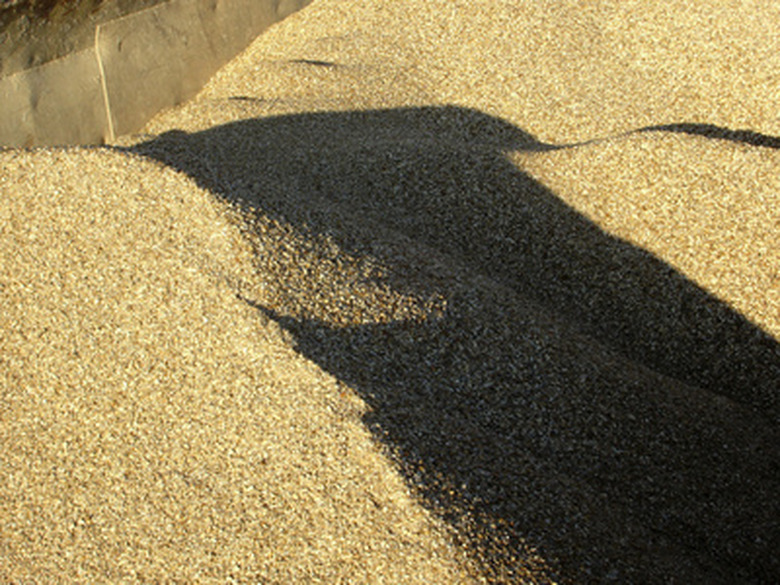The Best Shade Trees For Nevada
The best shade trees for Nevada are those that provide blockage from the sun while thriving in the full sunlight, high heat, drought-like conditions and dry soil of the desert, accompanied by cooler night temperatures. A wide variety of trees are available to Nevada's desert landscape offering low to moderate water use, pleasing visual impact and protection from the sun.
The best shade trees for Nevada are those that provide blockage from the sun while thriving in the full sunlight, high heat, drought-like conditions and dry soil of the desert, accompanied by cooler night temperatures. A wide variety of trees are available to Nevada's desert landscape offering low to moderate water use, pleasing visual impact and protection from the sun.
Holly Oak
Holly oak trees (Quercus ilex), also referred to a holm oak trees, are evergreen shade trees for Nevada that display simple, dark green glossy leaves. This dense round tree provides substantial shade, thriving in full sun to light shade. Holly oaks have a slow to moderate growth rate and reach a height and width of 30 to 60 feet, according to the Southern Nevada Arborist Group.
Chinaberry
Chinaberry trees (Melia azedarach), also referred to as Texas umbrella trees, are deciduous shade trees for Nevada that display green leaves and aromatic flowers that bloom during the spring season and resemble lilac flowers, according to the University of Florida IFAS Extension. Thriving in the full light of Nevada, the Chinaberry tree has a fast growth rate, reaching 30 to 50 feet in height and 30 feet in width, according to the Southern Nevada Arborist Group.
- The best shade trees for Nevada are those that provide blockage from the sun while thriving in the full sunlight, high heat, drought-like conditions and dry soil of the desert, accompanied by cooler night temperatures.
- Thriving in the full light of Nevada, the Chinaberry tree has a fast growth rate, reaching 30 to 50 feet in height and 30 feet in width, according to the Southern Nevada Arborist Group.
Common Locust
Common locust (Robinia X ambigua) is a deciduous shade tree well-suited to the environment of Nevada. Thriving poor soil conditions as well as the high heat of the desert, common locusts display an abundance of flowers reminiscent of wisteria with green foliage; flowers are aromatic and particular cultivars bear flowers in rose, pink or magenta, according to the Southern Nevada Arborist Group. Common locusts are fast growers, reaching a height of 50 feet (see Reference 3).
Lacebark Elm
Lacebark elm (Ulmus parvifolia) is a semi-evergreen tree ideal for use as a shade tree in Nevada. Displaying green foliage that becomes purple and red during the fall season, it is so named "lacebark" due to its flaky colorful bark that peels away, leaving a lace-like pattern, according to the Southern Nevada Arborist Group. Tolerant to nearly any soil type as well as urban environments, lacebark elm has a fast growth rate and reaches a height of 40 to 50 feet with a width of 35 to 50 feet. (See reference 4)
- Common locust (Robinia X ambigua) is a deciduous shade tree well-suited to the environment of Nevada.
- Thriving poor soil conditions as well as the high heat of the desert, common locusts display an abundance of flowers reminiscent of wisteria with green foliage; flowers are aromatic and particular cultivars bear flowers in rose, pink or magenta, according to the Southern Nevada Arborist Group.
